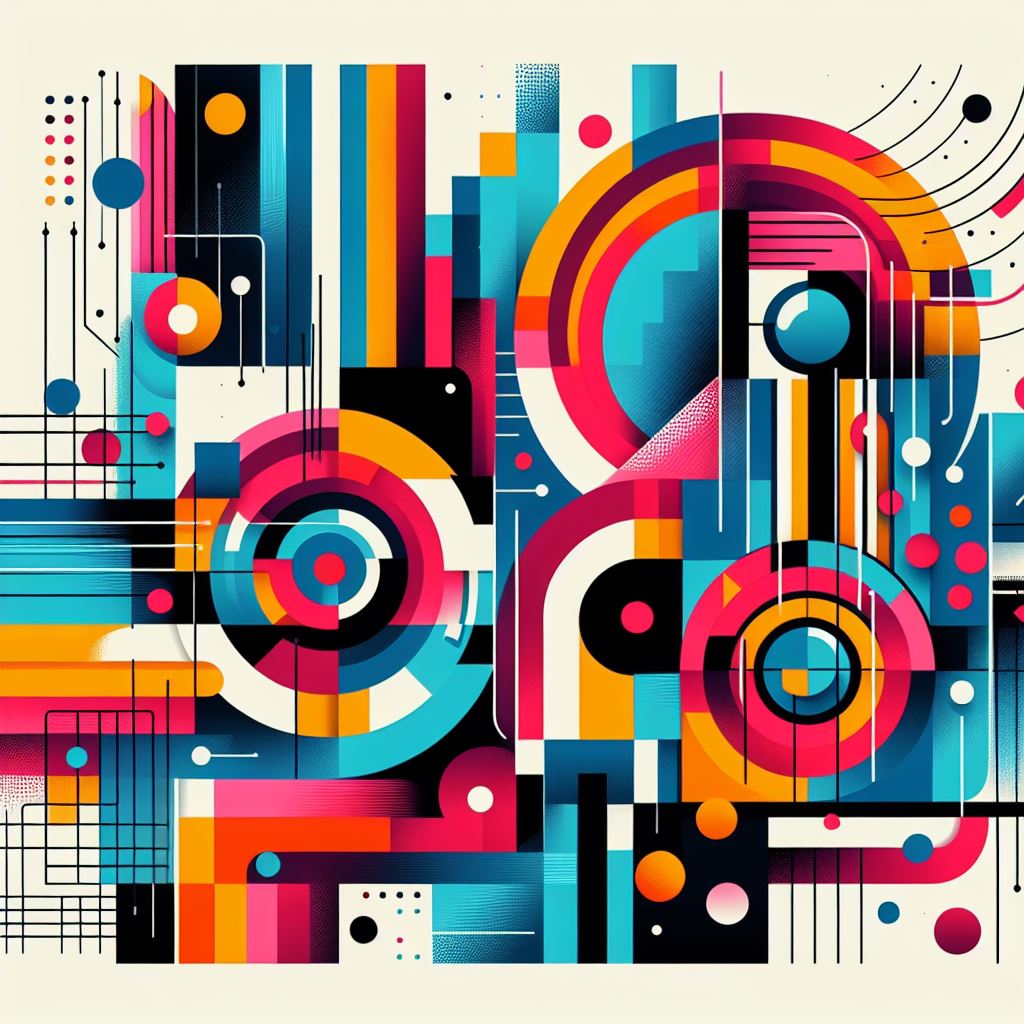In today’s information overload, data is king.
But raw data alone can be a confusing, overwhelming mess. That’s where data visualization steps in, transforming numbers and figures into captivating stories that inform, inspire, and ultimately, drive action.
Think of it like this: Imagine being presented with a plate of delicious food, but instead of beautifully arranged dishes, you’re greeted with a jumbled mess of ingredients. Not exactly appetizing, right? Data visualization takes those ingredients – the numbers, trends, and insights – and crafts them into a visually appealing and digestible feast for the eyes and mind.
Why is Great Data Visualization So Important?
- Clarity and Communication: Great data visualization cuts through the clutter, making complex trends and relationships crystal clear. It speaks a universal language that transcends words and cultural barriers, ensuring everyone gets the message.
- Engagement and Persuasion: Let’s face it, dry reports and spreadsheets aren’t exactly thrillers. Compelling visuals, on the other hand, capture attention, spark curiosity, and leave a lasting impression. They make data relatable and memorable, increasing the chances of influencing decisions and driving action.
- Decision-Making Fuel: Data is the lifeblood of good decision-making, but without proper visualization, it can be difficult to extract actionable insights. Great visuals present information in a way that allows for quick pattern recognition, hypothesis testing, and informed course-correction.
- Storytelling Magic: Data isn’t just numbers; it’s a story waiting to be told. Through strategic use of color, shape, and animation, data visualization breathes life into data, weaving narratives that resonate with audiences and leave a lasting impact.

But How Do You Craft Great Data Visualization?
- Know Your Audience: Tailor your visuals to your audience’s level of understanding and preferred communication style. What resonates with data-savvy executives might be confusing for a general audience.
- Keep it Simple: Avoid cluttering your visuals with unnecessary elements. Focus on the key message and present it in a clear, concise, and uncluttered way.
- Embrace Design Principles: Use color strategically, leverage hierarchy and proximity for emphasis, and pay attention to typography and layout. Good design makes data visuals not just informative, but aesthetically pleasing.
- Tell a Story: Use visuals to guide your audience through the data, highlighting key trends, relationships, and insights. Make the data dance!
- Tools and Technology: Don’t be afraid to leverage the power of data visualization tools and software. They can help you create stunning visuals, automate tasks, and share your insights with ease.
Remember, great data visualization is not just about technology; it’s about understanding your audience, knowing your story, and using design principles to make the data sing. By following these tips and embracing the power of visual storytelling, you can transform your data from dry numbers to captivating narratives that inform, inspire, and ultimately, drive success.
So, go forth and unleash the magic of great data visualization! Your audience (and your data) will thank you for it.
Happy visualizing!